Advanced Techniques of Bulkhead Constructions for Enhanced Protection of Waterfronts
Waterfront areas are basically affected by such harsh environmental conditions as erosion, storm surges, and rising sea levels. As much as the traditional bulkhead construction methods are effective to some extent, they pose a challenge with regard to such evolving threats. Fortunately, new innovations in bulkhead construction have increased protection capabilities and sustainability, thereby meeting modern waterfront development needs. This paper discusses some of these innovative techniques, together with their benefits and applications in protecting waterfront areas.
Introduction
Bulkheads, seawalls, or retaining walls are extremely useful structures in safeguarding waterfront property and infrastructure from the corrosive functions of water. They generally prevent erosion, reduce the risks of flooding, and provide support for land reclamation projects. The conventional methods of bulkhead construction, however, are often poorly durable and potentially hazardous to the environment. With this in mind, engineers and other construction professionals are embracing newer techniques that promise better performance and sustainability.
Why Innovation?
Waterfront areas are increasingly exposed to the impact of climate change through sea level rise and extreme weather conditions that happen frequently. Traditional designs for bulkheads can be structurally weak, immensely expensive to maintain, and significantly affect the environment. State-of-the-art bulkhead construction techniques attempt to go beyond traditional shortcomings by incorporating improved materials, environmentally sensitive designs, and improved structural integrity.
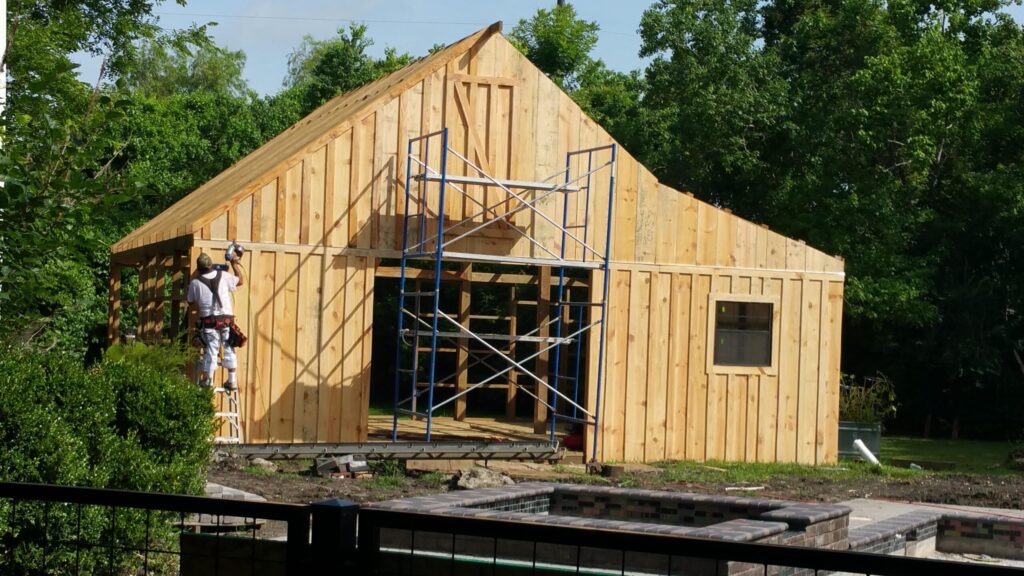
Advanced Materials in Bulkhead Construction
Modern materials used in bulkhead construction are among the most important developments in bulkheads because they are stronger, harder, and more environmentally friendly. Such materials are:
Composite Materials
The use of composite materials, like FRP, for bulkhead construction has been widely practiced recently because it provides higher strength with lower weight and has very good resistance to corrosion and is long-lasting. Some advantages of composite materials are as follows:
Durability: Composite materials resist corrosion, rot, and a variety of marine organisms, thus extending the life span of bulkheads.
Low Maintenance: Unlike traditional materials, composites require very less maintenance, hence decreasing the overall cost in the long run.
Sustainability: The composite manufacturing can be done with the use of recycled material, hence providing environmental sustainability.
Geosynthetics
Geosynthetics, such as geotextiles and geomembranes, are many times used in bulkhead construction to bring added strength both in terms of soil stability and drainage. These materials offer several advantages:
Erosion Control: Geotextiles prevent the erosion of soil by providing a stable barrier between the water and the soil.
Improved Drainage: Geomembranes permit fast drainage of water, thus minimizing hydrostatic pressure against the bulkhead and preventing structural damage.
Flexibility: Geosynthetics can easily be matched to suit site conditions, hence versatile for waterfront environments.

Bulkhead Designs Considering Ecology
The new methods in constructing bulkheads consider ecology where the designs integrate measures that have a low impact on the environment while providing habitat restoration. Some of these eco-friendly designs include:
Living Shorelines
Living shorelines are a sustainable alternative to traditional hard bulkheads, incorporating plants, sand, and rocks to provide natural elements of shoreline stabilization. Some of the benefits of living shorelines include:
Erosion Control: Wave energy is dissipated through vegetation and by natural materials, reducing erosion and protecting the shoreline.
Habitat Creation: It provides habitat for marine and terrestrial wildlife, enhancing biodiversity.
Aesthetic Value: It is a very natural and more attractive solution than concrete or steel bulkheads.
Bioengineering Techniques
Bioengineering techniques involve the use of natural materials and vegetation to support bulkheads and stabilize shorelines. Some examples include:
Coir Logs: Coir logs are made up of coconut fiber and are thus biodegradable. They provide temporary support until vegetation is established.
Willow Stakes: Live willow stakes can be driven into the soil to create a living barrier that stabilizes the shoreline as they grow.
Root Wads: A tree root system can anchor soil and provide structural support.
Improved Structural Integrity
Innovative bulkhead construction techniques also enhance the intrinsic structural integrity of these barriers. It comprises the following methods, including:
Modular Construction
The modular bulkhead construction involves prefabricated sections that are installed easily on-site. Some of the benefits include:
Efficiency: Prefabrication reduces construction time and labor and therefore enhances the speed of project completion.
Quality Control: The production of modular sections in a controlled environment allows for consistency in quality and minimizes defects or malfunctioning.
Flexibility: Modular designs can be tailored for specific site requirements, thus being suitable under various waterfront conditions.
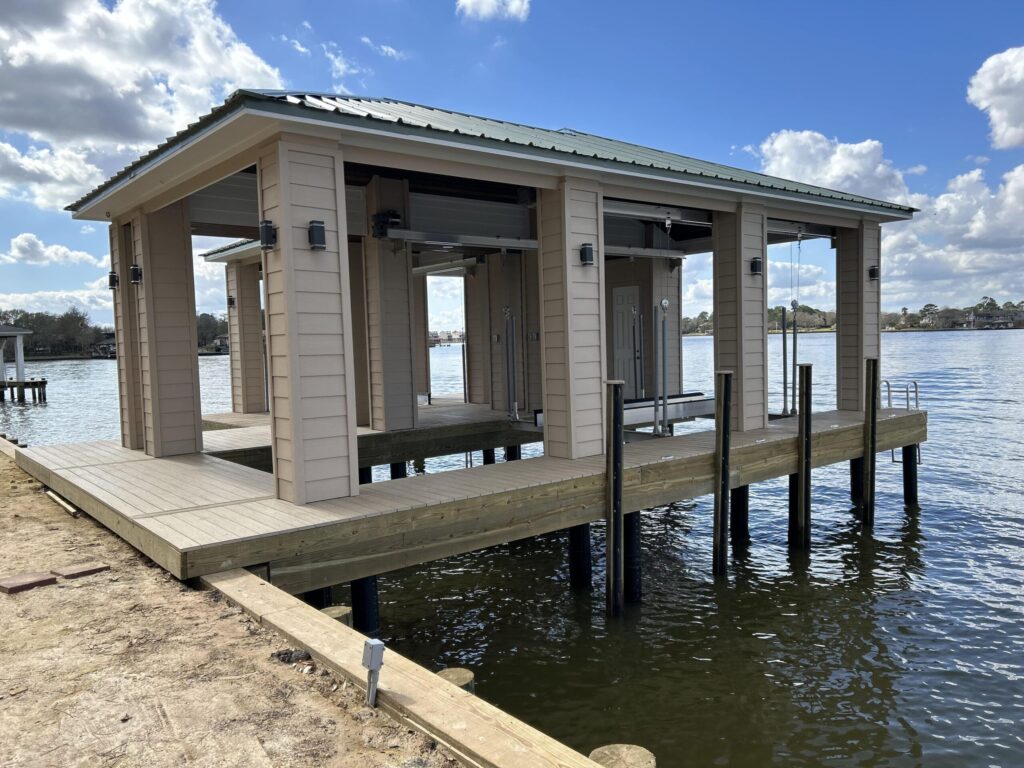
Hybrid Bulkheads
The hybrid bulkheads integrate traditional material use with enhanced performance and durability. Some of these are as follows:
Composite Steel-Concrete Bulkheads: These are designed with a mix of steel and concrete to provide additional strength and resistance against environmental factors.
Green-Gray Infrastructure: A mix of natural components and vegetation with conventional bulkhead materials for added resiliency and eco-benefits.
Case Studies and Applications
Before delving deep into how such innovative techniques can be implemented in an effective manner, let’s consider a few case studies involving the successful application of modern bulkhead construction methods.
New York City’s East River Waterfront
In New York City, there have been applications of composite materials and living shorelines for protective measures against erosion and storm surges on the East River Waterfront. On its part, composite bulkheads have provided durable protection, while living shorelines improved the ecological value with the creation of marine life habitats.
San Francisco Bay Living Shorelines Project
The Living Shorelines Project has demonstrated the use of coir logs and native vegetation bioengineering on the San Francisco Bay shoreline to stabilize banks and prevent erosion. This project proves that combining natural elements with engineered works allows waterfront protection that is both sustainable and resilient.
Netherlands’ Delta Works
The Netherlands’ Delta Works is perhaps one of the best examples of hybrid bulkhead construction. This gigantic flood protection system merges traditional dikes with a few state-of-the-art storm surge barriers and eco-friendly designs. The Delta Works projects demonstrate that a comprehensive and effective waterfront protection system can be assured by integrating several techniques.
Challenges and Future Directions
Though new bulkhead construction methods have various advantages, they are also combined with complications. High upfront costs, technical complexity, and specialized expertise are just some of the barriers to widespread adoption. Moreover, the process for regulatory and permitting approvals for eco-friendly designs can be really complex and time-consuming.
Yet, despite all these issues, the future of bulkhead construction holds great promise. Further research and development in the domains of material science, engineering, and environmental design will continue to lead to further innovations. Some of the potential areas of future study are given below:
Smart Bulkheads: Incorporation of sensors and monitoring systems for real-time data relating to structure integrity and environmental conditions.
Advanced Materials: New composite materials and geosynthetics with improved properties for improved durability and sustainability.
Community Engagement: Engage local communities in the process of designing and implementing waterfront protection projects to ensure that their needs and values are factored into account.
Conclusion
Advanced bulkhead construction techniques are innovating the protection of waterfront areas with more resilient, durable, and sustainable solutions. These advanced methods have faced the challenges brought about by climate change and urban development through better materials, eco-friendly designs, and advanced structural integrity. With further evolution expected in the near future, they will greatly make a difference in safeguarding waterfront areas and securing a long-lasting existence for coastal communities.
The future waterfront protection will come from a blend of technology, ecology, and engineering in terms that bring humans closer to perfect balance with their natural environment. Innovation and collaboration toward resilient and sustainable waterfronts present clearly the protection of the waterfront for future generations.

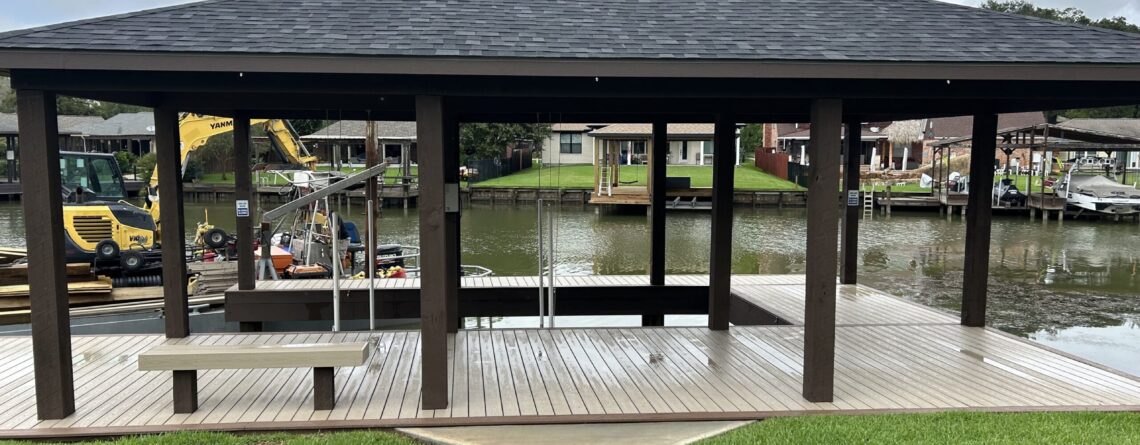
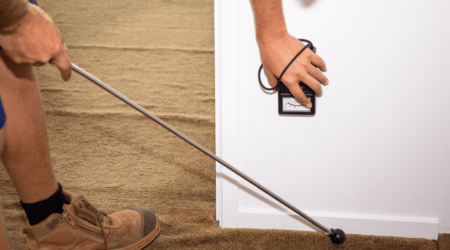
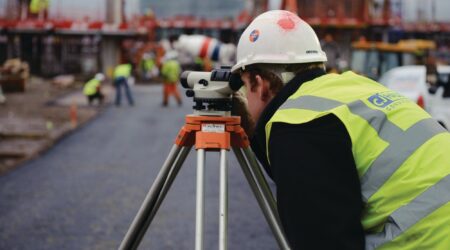
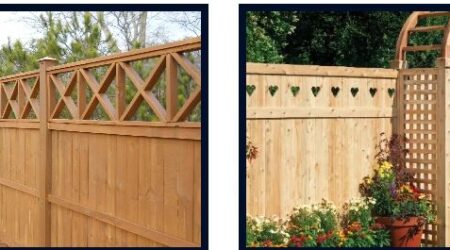



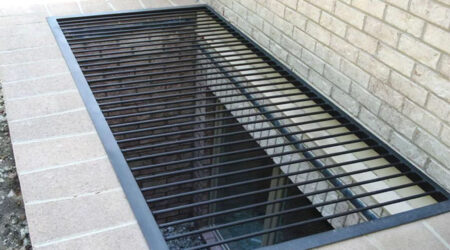


Leave a Reply